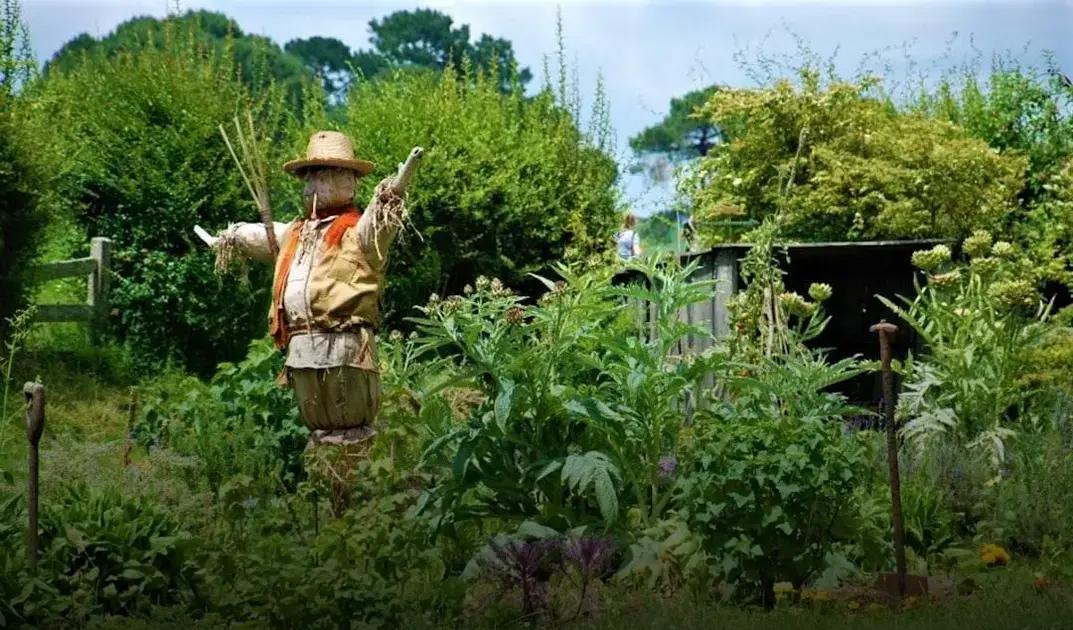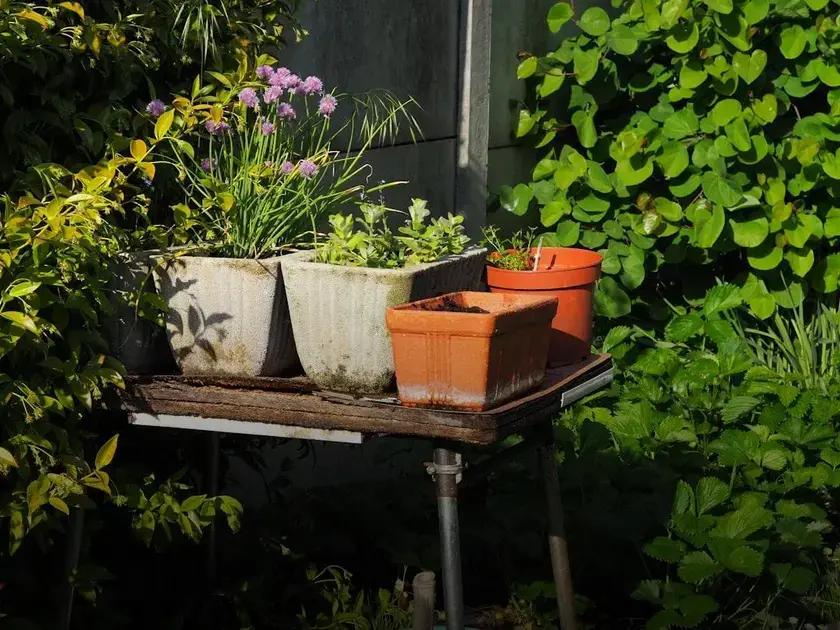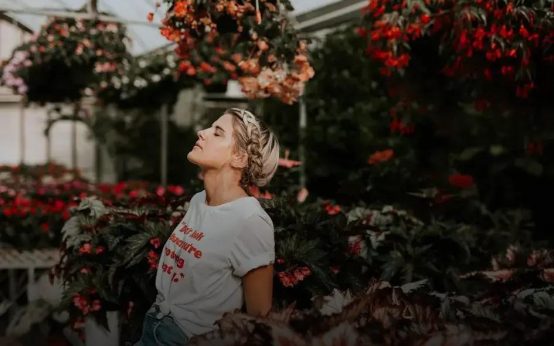Creating a relaxing garden retreat is your key to tranquility and serenity. In today’s fast-paced world, finding a peaceful escape within your own backyard can offer sanctuary and relaxation. Discover simple yet effective ways to transform your garden into a calming haven. Focus on choosing the ideal location, selecting the right furniture, and adding natural elements for a perfect getaway.
Choosing the Perfect Location
When planning your serene garden retreat, the right location is crucial for creating an environment where relaxation prevails.
Analyze Sunlight and Shade
Understanding the sun and shade patterns in your garden helps you choose a spot that balances warmth and coolness. Consider the movement of the sun throughout the day, ensuring that plants needing sunlight receive enough exposure, while cozy sitting areas remain comfortably shaded.
Assess Noise Levels
Identify areas that offer tranquility rather than noise. If your garden is near a street or other noise-polluted area, try to select a section of your yard that minimizes these disruptions. Strategically placed fences or shrubs can also help to further buffer sound.
Evaluate Soil Quality
Healthy plants are key to a peaceful garden. Test the soil in various potential locations to ensure it can support a variety of plants. This ensures that your garden thrives and looks lush throughout the seasons.
Check Accessibility
Make the chosen spot easily accessible. Whether it’s a pathway leading directly to the seating area or close proximity to your home, assuring effortless access contributes to the overall ease of use and enjoyment of your space.
Consider Practicality
Think about the practical aspects such as water access for plants and furniture maintenance. A convenient location makes it easier to maintain the tranquility of your retreat. These considerations help create a garden escape that truly embodies peace and relaxation, leaving a lasting impression of serenity.
Incorporating Natural Elements

To create a relaxing garden retreat, it’s essential to incorporate natural elements that enhance the overall tranquility of the space. Begin by considering the existing natural surroundings and how they can be integrated into your design. Utilizing native plants and trees can provide a seamless transition between your garden and the surrounding environment.
Water features such as small ponds or fountains can add a soothing sound that helps disguise unwanted ambient noise, creating a more serene atmosphere. Consider adding rocks or stones in natural formations to bring texture and contrast. These elements not only appear aesthetically pleasing but also foster a sense of harmony within the garden.
Another way to embrace natural elements is by incorporating natural materials in garden structures and pathways. Use wood, stone, or bamboo for benches, pergolas, and pathways. These materials enhance the organic feel of the garden and wear beautifully over time, adding to the rustic charm.
Consider leaving certain areas of the garden slightly wild, promoting biodiversity. This can attract various species of birds and insects, adding life and movement which can be both peaceful and interesting to watch. Birdbaths or feeders can encourage even more wildlife, increasing the garden’s liveliness and connection to nature.
Selecting Relaxing Garden Furniture
When it comes to selecting relaxing garden furniture, comfort and durability are paramount. Choose pieces that invite relaxation, offering cushioned seats and ergonomic designs for prolonged enjoyment of the garden’s tranquility.
Natural Materials
Opt for furniture crafted from natural materials like teak, rattan, or bamboo, which blend seamlessly into the garden setting and are weather-resistant. These materials not only provide aesthetic appeal but also require minimal maintenance, allowing more time for leisure.
Consider versatile options that can adapt to various garden layouts. Modular seating or adjustable loungers let you configure the arrangement to suit different activities, enhancing your garden’s functionality as a retreat space. Additionally, integrating furniture with built-in storage offers a practical solution for maintaining a tidy and serene environment.
Color and Fabric Selection is crucial. Neutral tones or earthy colors harmonize with the natural surroundings and minimize visual distractions. Consider using weatherproof fabrics that are breathable and easy to clean, ensuring longevity and comfort throughout the seasons.
Eco-Friendliness
Prioritize eco-friendly furniture that reduces carbon footprint and supports sustainability. Recycled or recyclable materials contribute to the preservation of the environment and resonate with nature’s call for sustainability. In doing so, you create a space that aligns with ecological consciousness while indulging in luxury and relaxation.
Designing for Privacy and Serenity

Privacy and Serenity are Key in transforming your garden into a sanctuary. A major element in achieving this is effective use of privacy screens. Consider installing wooden fences or using natural barriers such as tall shrubs or ornamental grasses. These not only block unwanted views but also dampen outside noise, immersing you in peace.
Accessorize with Shade Structures
such as pergolas or gazebos. These structures provide a sense of enclosure without restricting the open-air feel, striking a balance between accessibility and isolation. Creating Nooks adds another layer of solitude. Arrange seating in hidden corners or behind lush green plants. This allows for intimate gatherings or moments of introspection. Remember to plant densely at varying heights to create layers of living privacy. Use Water Features like fountains or ponds to enhance tranquility. The gentle sound of flowing water can mask urban noises and bring a soothing rhythm to your space.
Integrate Noise-Reducing Elements
such as garden trellises with climbing vines. These natural elements not only screen visual distractions but also absorb sound, promoting a serene environment. Plan your layout carefully, ensuring pathways are both functional and meandering, inviting exploration while maintaining a secluded feel throughout your garden escape.
Enhancing with Aromatic Plants
The introduction of aromatic plants into your garden retreat can elevate the sensory experience, promoting a tranquil and inviting atmosphere. By strategically planting fragrant herbs and flowers, you can enjoy the soothing scents as they gently waft through the air. Consider incorporating lavender, known for its calming properties and beautiful purple blooms.
Another excellent choice is rosemary, which not only offers a distinct, refreshing aroma but also adds a charming aesthetic to your garden borders. Including jasmine can bring an exotic note, with its sweet fragrance being particularly noticeable in the evening.
To enhance your serene garden space, you might also plant mint near pathways, where the gentle brushing of its leaves will release a refreshing, crisp scent. This natural olfactory addition increases both the appeal and ambiance of your garden, encouraging deeper relaxation and mindfulness.
Thyme and scented geraniums are additional choices that provide diverse aromas and can be planted in pots or directly in the ground for greater versatility. The combination of these plants can create layers of fragrance that change with the breeze, offering new sensory experiences each time you visit your garden haven.


 Garden Design Ideas to Transform Your Backyard Today
Garden Design Ideas to Transform Your Backyard Today  Seasonal Gardening: Prepare for Winter Like a Pro!
Seasonal Gardening: Prepare for Winter Like a Pro!  Reviving Dying Plants: Essential First Steps to Check
Reviving Dying Plants: Essential First Steps to Check